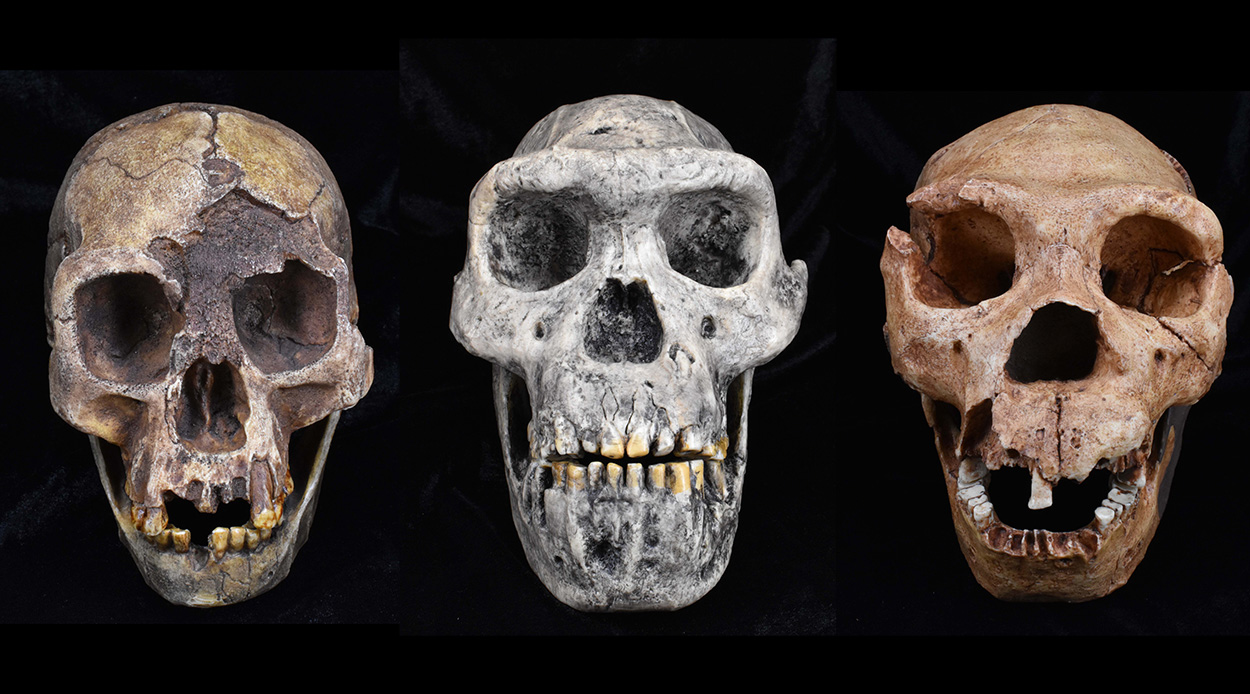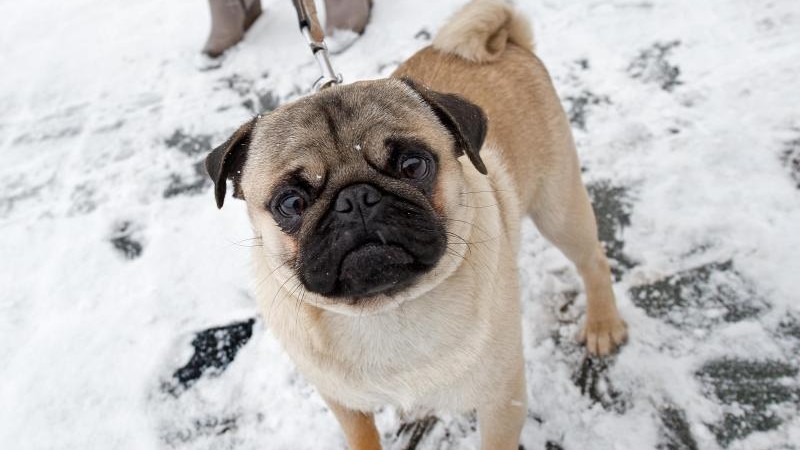Davis (AFP) – Dog’s shrunken face, dachshund’s short legs or Dalmatian’s spotted fur: Especially with dogs, racial differences often show distinct characteristics.
However, these distinct differences are often the result of inbreeding, researchers report in the “Canine Medicine and Genetics” journal. A high level of inbreeding over time can lead to various health problems for four-legged friends and expensive veterinary bills.
Lifelong breathing problems
In fact, it has long been known that human-controlled breeding has not only produced a variety of dog breeds, but has also caused enormous health problems for animals. The most famous example is the so-called short-headed breeds, which include English or French dogs and pugs.
For them, lifelong breathing problems are just one item on the list of potential health risks.For the Cavalier King Charles Spaniels, a popular family dog, Swedish scientists recently showed that inbreeding in breeding practice resulted in a large number of disease-causing gene mutations.
The authors of the current study wanted to know how inbreeding affects purebred dog groups in general. To do this, an international team led by veterinary geneticist Danica Banach of the University of California, Davis, used a genetic database containing the results of commercial DNA tests on nearly 50,000 dogs and including a total of 227 breeds. The researchers analyzed the average genetic similarity of dogs within a breed to determine the degree of inbreeding on a percentage scale from 1 to 100.
The result: On average, the inbreeding score of the analyzed strains was about 25 percent, which roughly corresponds to genetic similarity between two siblings, and thus values that are much higher than what is considered harmless to humans or wild animal groups. In humans, a high level of inbreeding — about three to six percent — is associated with an increased prevalence of complex and other diseases, according to the authors. “Data from other animal species regarding the breed’s strong predisposition to complex diseases such as cancer and autoimmune diseases underscore the importance of the high rate of inbreeding in dogs for their health,” Banach said.
Thus, breeds with particularly low inbreeding rates include those that have recently crossed, including the Tamaskan, Barbet and Australian Labradoodle, as well as land breeds such as the Danish Swedish farm dog, Mudi and Koolie.
Banach was driven by her dog to deal with the demographics of the different breeds: Banach is the owner of Danish Swedish farm dogs. These above-average four-legged friends show a low level of inbreeding, which is attributed to the fact that they belong to a relatively large core group and that the emphasis in their breeding was on function rather than appearance. Conversely, selection that focuses on appearance combined with a smaller founding population leads to a higher degree of inbreeding and, as a consequence, greater health risks for most breeds, according to Bunch.
Stricter rules apply in the Netherlands
In an additional step, the veterinary geneticist and her team compared the results to information from an animal insurance database: Using insurance claims for non-routine vet visits as an indicator of the dogs’ health, they found that dogs breeding higher from inbreeding were more likely to need additional veterinary care. who else. On average, the brachiocephalic strains were also less healthy, and the size of the animals also played a role. “Our study showed that smaller dogs that are not inbreeding have significantly better health than larger dogs with a higher rate of inbreeding,” Banach summarizes.
The authors conclude their work with a call to train breeders, monitor inbreeding levels through direct genotyping techniques, and cross-breed to increase genetic diversity, as is already the case with some breeds.
In general, careful management of breeding numbers is essential. An example from the Netherlands shows what this could look like: there have been strict rules for breeding brachial breeds since 2019. Both Pug puppies and Co. On the pedigree of the breed club only if they have a veterinary certificate. This can be used to determine, for example, that not both parents are extremely short-nosed.
© dpa-infocom, dpa: 211206-99-275225 / 3

“Alcohol buff. Troublemaker. Introvert. Student. Social media lover. Web ninja. Bacon fan. Reader.”






More Stories
Competition shaped early human evolution – forschung.de
Help from Eching brings Finn's battle back to life
Science – Bocking – Blue tits: more unfaithful offspring among older males – Bavaria